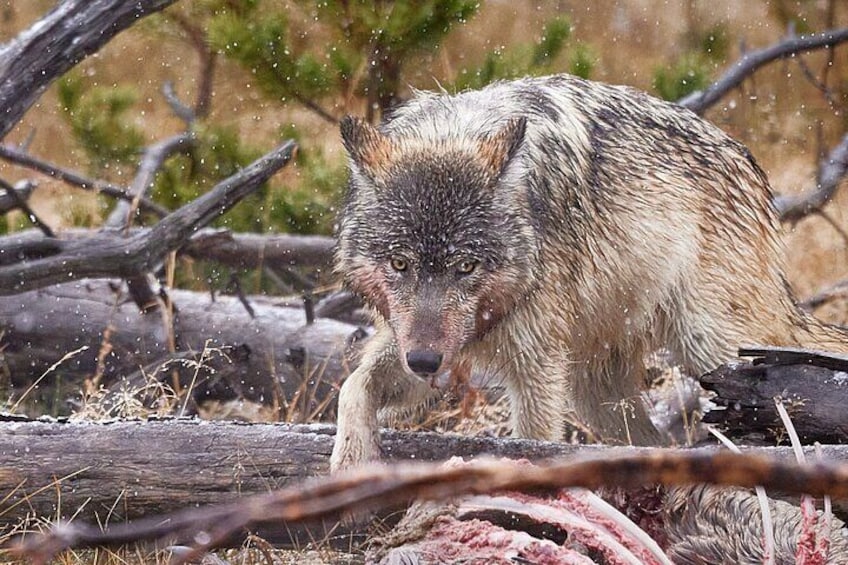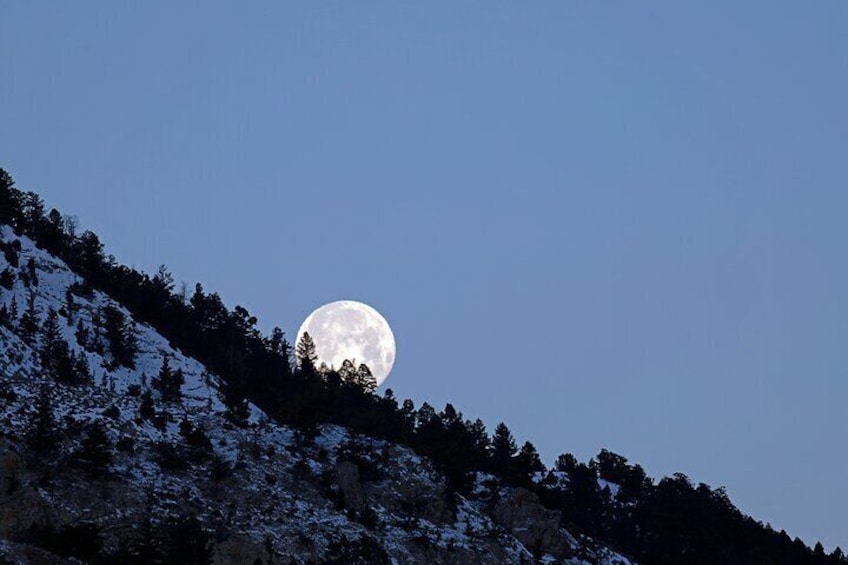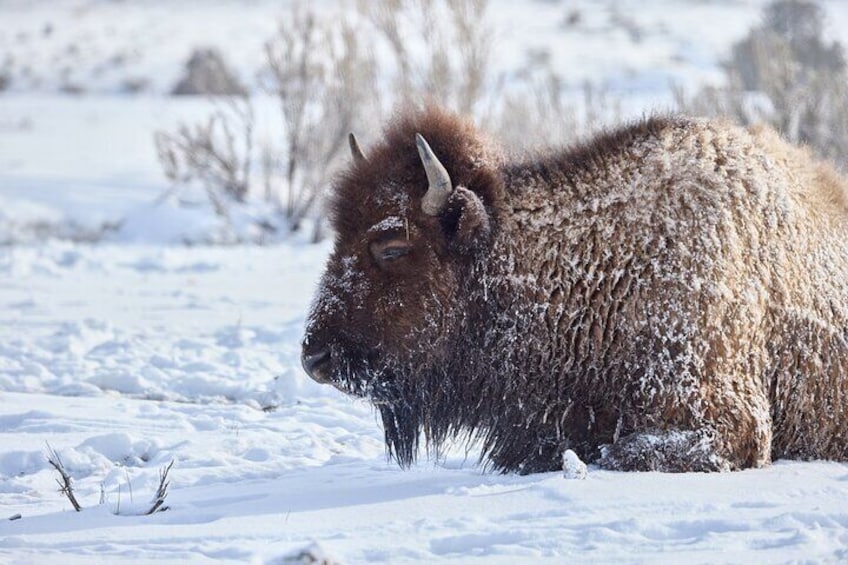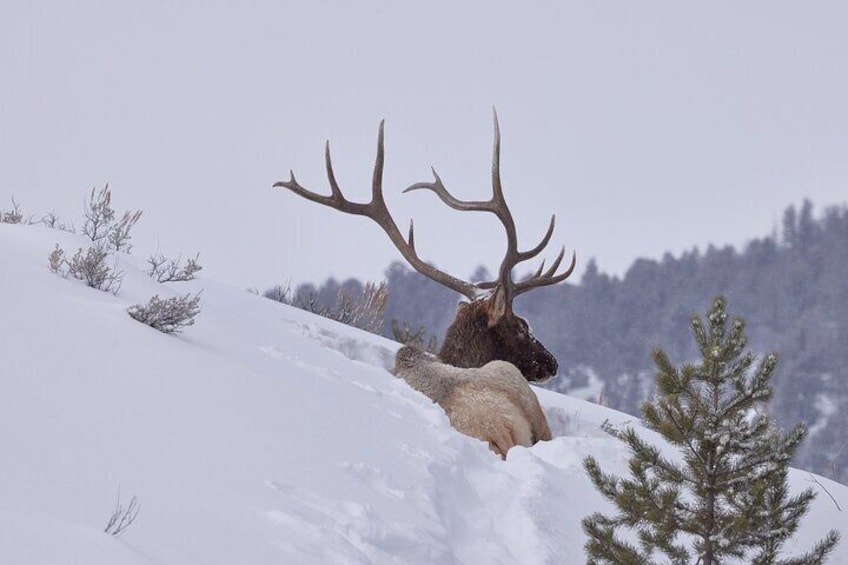Earn OneKeyCash when you sign in and book an activity





Private, Custom Yellowstone Wildlife Tours & Photo Safaris
Features
- Free cancellation available
- 10h
- Mobile voucher
- Instant confirmation
- Selective hotel pickup
Overview
Make the most of your visit to Yellowstone!
Let us work with you to craft your perfect Yellowstone nature adventure, led by an award winning professional nature photographer with over 30 years of experience in the Park!
Whether your interests are wildlife, landscape, or general nature photography, we can help you make better pictures, even if your camera lives in your phone.
We know Yellowstone and it's wildlife intimately, & will put you in the best locations for you to capture the photographs you've been dreaming of making.
Our clients range from professional photographers looking for a guide who understands their needs, through beginners just learning the craft, to nature lovers posting to social media for the folks back home.
Our goals are for you have a safe, fun, magical experience, and to leave with great memories AND great photographs!
Activity location
- Mammoth General Store
- 315A Grand Loop Road
- 82190, Yellowstone National Park, Wyoming, United States
Meeting/Redemption Point
- Mammoth General Store
- 315A Grand Loop Road
- 82190, Yellowstone National Park, Wyoming, United States
Check availability
Private, Custom Photo Tours of Yellowstone National Park!
- 10h
Activity duration is 10 hours 10h - English
Pickup included
What's included, what's not
- Private transportation
What's included What's included - Bottled water
What's included What's included - Lunch
What's included What's included - Snacks
What's included What's included - Yellowstone National Park Entry Pass.
What's excluded What's excluded
Know before you book
- Service animals allowed
- Not recommended for travelers with poor cardiovascular health
- Suitable for all physical fitness levels
- All participants must be at least 16 years of age without exception
- We will be driving long distances between locations, travel time will vary depending on traffic, conditions, weather.
Activity itinerary
Roosevelt Arch (Pass by)
Mammoth Hot Springs Terraces
- 30m
- Admission ticket included
Fort Yellowstone Historic District (Pass by)
Lamar Valley
- 1h
- Admission ticket included
Grand Canyon of the Yellowstone
- 30m
- Admission ticket included
Lower Yellowstone River Falls
- 30m
- Admission ticket included
Hayden Valley
- 1h
- Admission ticket included
Yellowstone Lake (Pass by)
Old Faithful
- 1h
- Admission ticket included
Old Faithful Inn
- 20m
- Admission ticket included
Madison River (Pass by)
Grand Prismatic Spring
- 45m
- Admission ticket included
Firehole Canyon Drive
- 30m
- Admission ticket included
Gibbon Falls
- 30m
- Admission ticket included
Sheepeater Cliffs
- 10m
- Admission ticket included
Location
Activity location
- Mammoth General Store
LOB_ACTIVITIES LOB_ACTIVITIES - 315A Grand Loop Road
- 82190, Yellowstone National Park, Wyoming, United States
Meeting/Redemption Point
- Mammoth General Store
PEOPLE PEOPLE - 315A Grand Loop Road
- 82190, Yellowstone National Park, Wyoming, United States